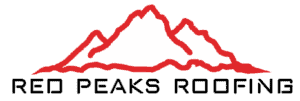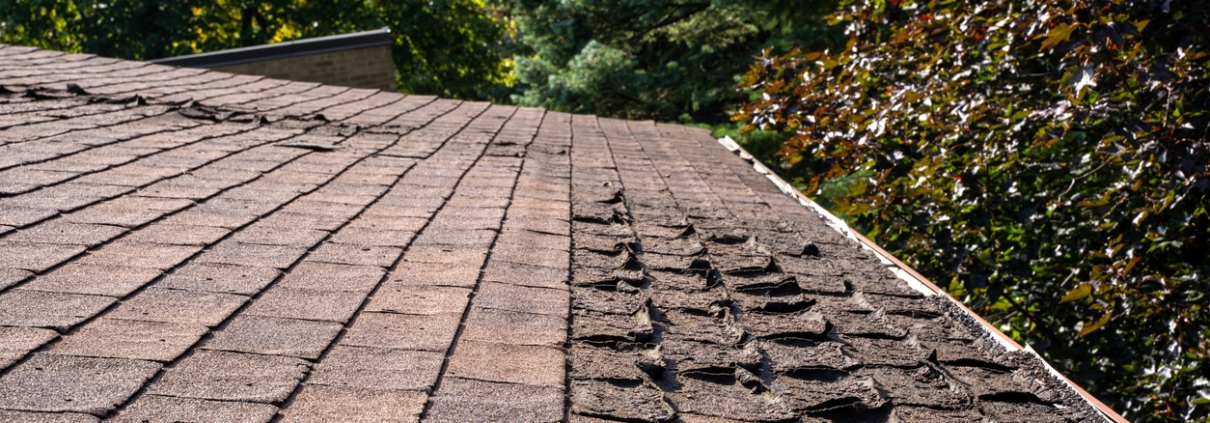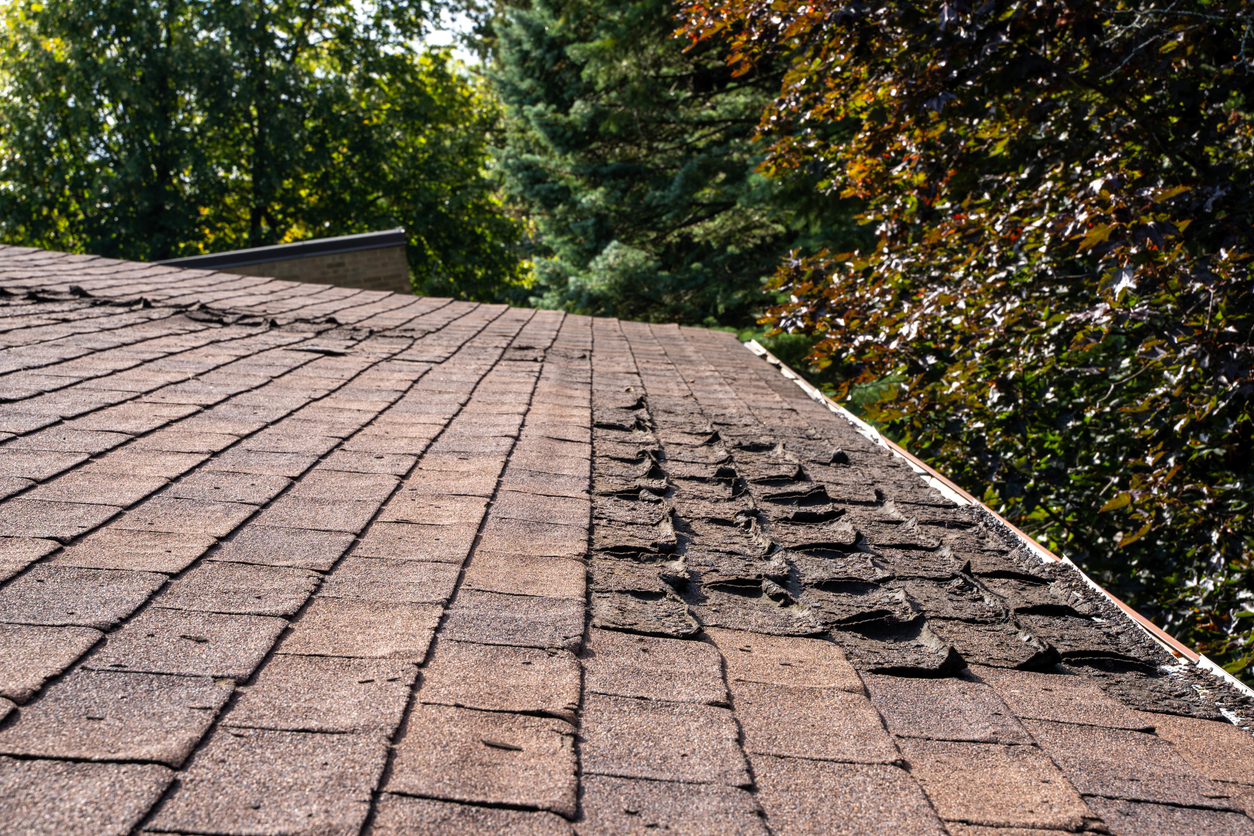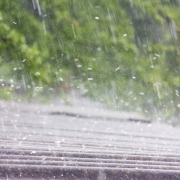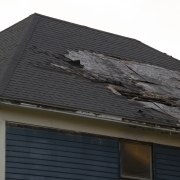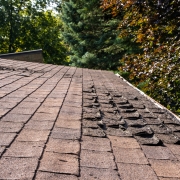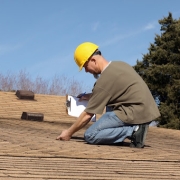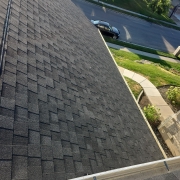Harsh Weather That Can Create Dangerous Conditions on a Roof
Understanding the various ways harsh weather can create dangerous conditions on a roof is essential for protecting your home’s longevity and safety. Severe weather, from blizzards to heatwaves, poses significant threats to roofing systems, requiring awareness and preparedness from homeowners.
1. Heavy Snowfall and Ice Dams
One of the most significant winter concerns is the accumulation of heavy snow on rooftops. This buildup places substantial weight on your roof, which can compromise its structural integrity. In addition, when snow melts and refreezes, ice dams can form along the eaves. These dams block proper drainage, causing water to back up under shingles and potentially lead to leaks, rot, and interior water damage.
2. High Winds
High winds can inflict serious damage by breaking off tree limbs and sending them crashing onto rooftops. They may also lift and remove shingles entirely, exposing the underlayment or roof deck to the elements. Regular roof inspections and maintenance are critical in wind-prone areas to identify vulnerabilities before they become costly problems.
3. Hailstorms
Hailstones can crack, dent, or shatter roofing materials. Asphalt shingles, in particular, are susceptible to losing their protective granules after a hailstorm. This deterioration reduces their effectiveness in preventing water intrusion. Prompt inspection and repair after hail events help preserve your roof’s performance and longevity.
4. Tornadoes and Hurricanes
Although less common, tornadoes and hurricanes are among the most destructive weather events for roofs. The intense winds can lift roofing materials or even tear entire sections off, while airborne debris can cause additional damage. In regions prone to these storms, building codes often require reinforced roofing systems designed to withstand such extreme conditions.
5. Rain and Snow-Related Hazards
Beyond structural damage, rain and snow increase the risk of slipping and falling on roofs, making maintenance or inspections dangerous. Wet conditions also mask hazards such as soft spots or weakened shingles. Roofing work should always be scheduled during dry, stable weather to protect both the roof and those working on it.
6. Extreme Temperatures
Prolonged exposure to temperature extremes can degrade roofing materials over time. High heat may soften shingles, reducing their ability to resist impact and wear. Conversely, freezing temperatures can make materials brittle, increasing the likelihood of cracks and breaks. Choosing materials suited for your regional climate is vital to ensure long-term performance.
Best Practices for Roof Safety in Severe Weather
To safeguard your roof from the effects of harsh weather, proactive maintenance is key. Homeowners should:
-
Monitor weather forecasts and prepare before storms arrive
-
Perform roof inspections seasonally or after major weather events
-
Address minor damage early to prevent larger issues
-
Hire professional roofers for safe, effective repairs and upgrades
Schedule Your Roof Inspection with Red Peaks Roofing
Recognizing the impact of harsh weather on your roof is the first step toward protecting your home. At Red Peaks Roofing in Lehi, UT, our experienced team is here to inspect your roof, perform needed repairs, or help you prepare for the weather patterns typical to our area.
Don’t wait for the next storm to reveal a weak spot in your roofing system. Call Red Peaks Roofing at (385) 482-9707 or fill out our online form to schedule your roof inspection today.
